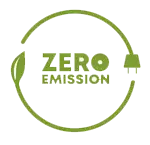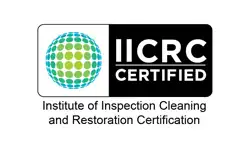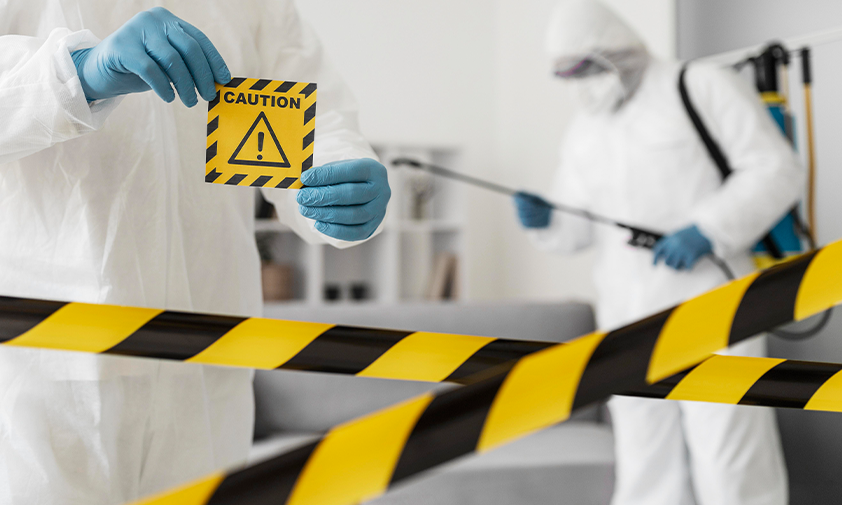
Our homes are supposed to be safe havens, but lurking beneath the surface lie hidden dangers —biohazards. These are biological materials that pose a threat to our health. While you might think of biohazards as something out of a sci-fi movie, the truth is they're more common than you might realize.
Biohazards are any organic substances that can cause harm to our health. This can include:
Microorganisms: Bacteria, viruses, and fungi like mold can cause respiratory problems, skin infections, and even serious illnesses.
Bodily fluids: Blood, vomit, and sewage can harbor dangerous pathogens that spread through contact or airborne transmission.
Animal waste: Rodent droppings and bird droppings can contain harmful bacteria and parasites.
Sharps objects: Used needles, syringes, and other sharp objects contaminated with bodily fluids pose a risk of puncture wounds and infection.
Now that you understand what biohazards are, let's look at some examples of threats found in homes nationwide:
Mold: Mold thrives in damp environments and can cause respiratory problems, allergies, and even worsen asthma. Check for mold growth around leaky pipes, windows, and in basements.
Sewage backups: Sewage contains harmful bacteria and viruses. If you experience a sewage backup, it's important to call a professional for cleanup to avoid exposure.
Poor air quality: Dust mites, pet dander, and even pollen can all trigger allergies and respiratory problems. Proper ventilation and air filtration can help reduce these risks.
Hoarding situations: Unfortunately, in homes with excessive clutter and waste biohazards like mold, bacteria, and even pests can become a major problem.
By incorporating simple practices like frequent hand washing, maintaining cleanliness, addressing moisture issues, and ensuring proper ventilation, you can significantly reduce your exposure to harmful microorganisms and other potential biohazards. If you encounter situations such as biohazard exposure, mold growth, water damage, etc., Joes Pros Home Restoration is well-equipped to restore your home and ensure heathy living conditions. Learn more about our Biohazard services.
There are several potential signs that may indicate a biohazard problem in your home. Visible mold growth or a musty odor can be a clear sign of mold issues. Similarly, signs of animal activity like droppings or tracks can indicate an infestation. Additionally, sewage backups or a strong sewage odor are clear concerns. Finally, if you experience unexplained respiratory problems like coughing, wheezing, or difficulty breathing, it could be linked to exposure to biohazards and requires further investigation.
Prevent biohazards by maintaining a clean and dry environment, storing food properly, managing waste effectively, cleaning up pet waste promptly, and being cautious with chemicals.
Several resources can provide you with further information about biohazards and how to protect yourself and your home. These include:
Remember, staying informed and taking proactive measures can significantly reduce your risk of exposure to biohazards in your home.


Joes Pros is here for all your home restoration needs in San Antonio.
Whether it's water damage, fire and smoke repair, mold removal, or trauma cleanup, we've got you covered.
Call Now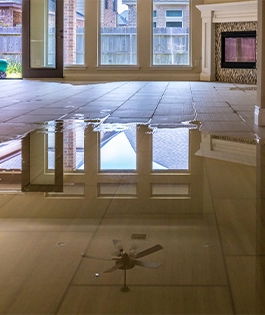
After floods or leaks, our experts restore your home handling extraction, drying, and full restoration.
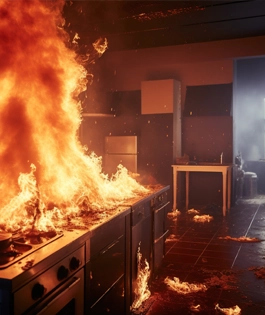
In the face of fire damage, trust us to revive your home. From soot removal to structural repairs, we're equipped.
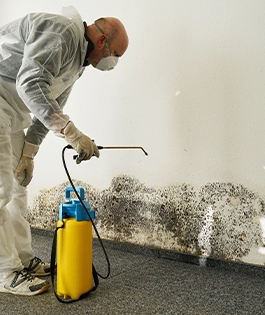
Our mold remediation ensures a thorough, lasting solution protecting your family and property from harm.
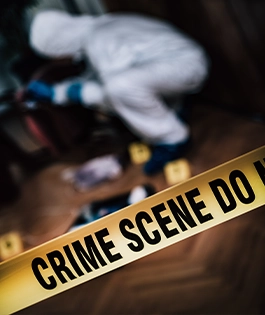
Expert trauma cleanup discreet, understanding, and experienced professionals for challenging times.


